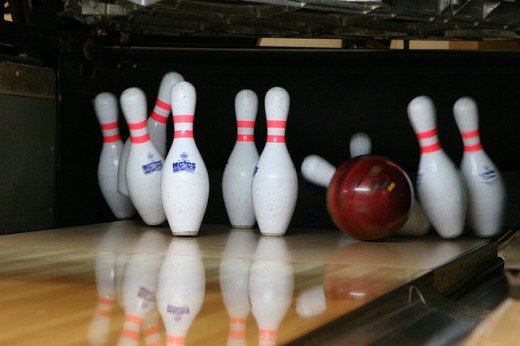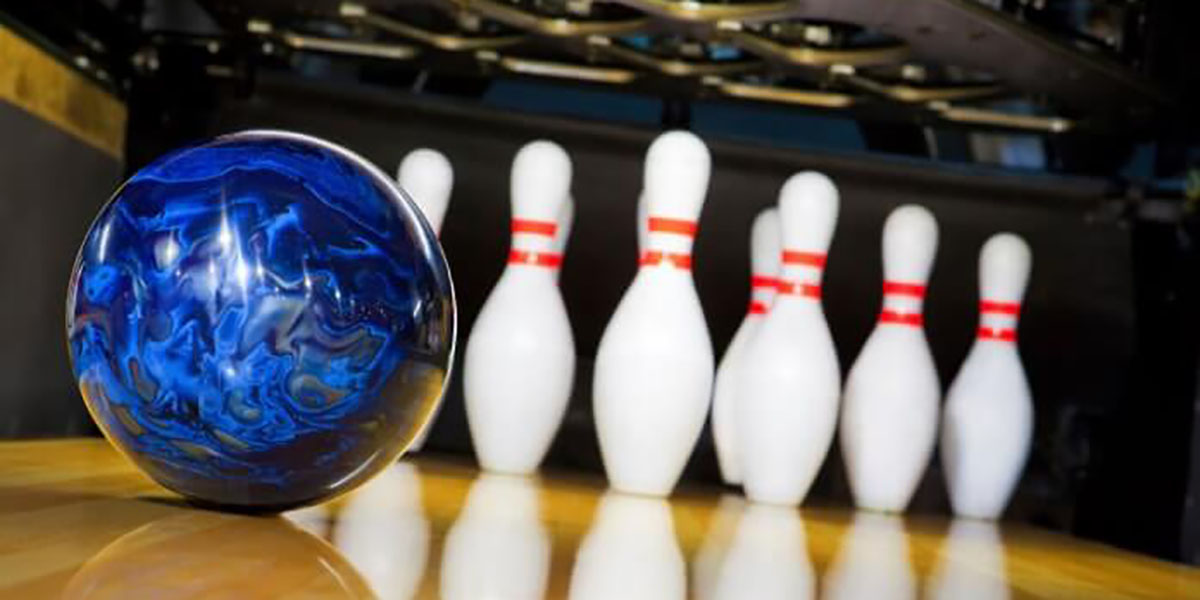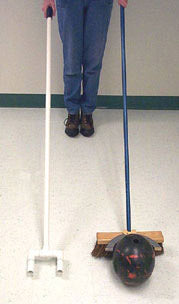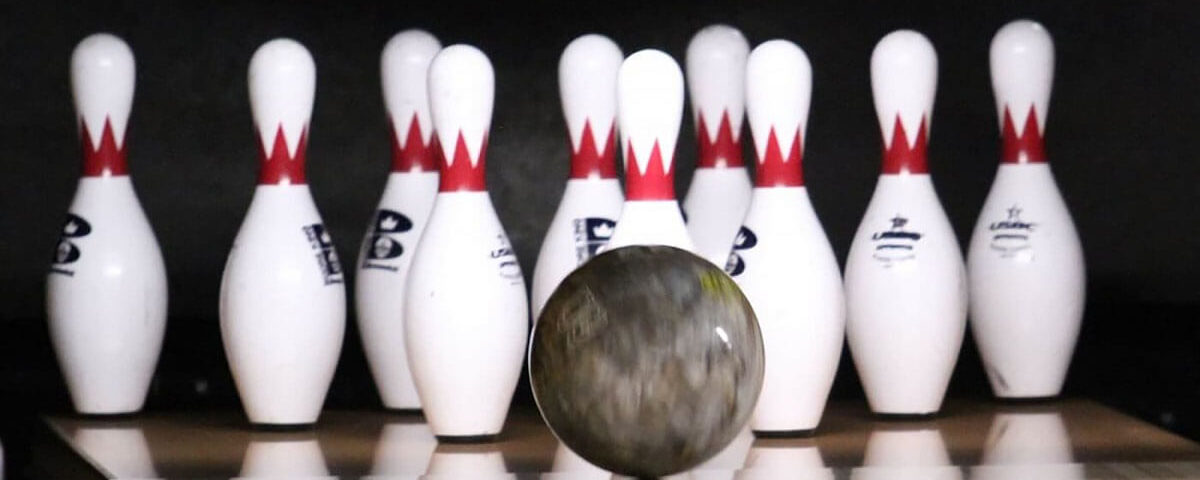A Guide to Bowling in a Wheelchair

Bowling Experiences & Activities
September 30, 2019
What’s in a bowling ball, and how does its chemistry help topple pins?
December 3, 2019
Athletes of all levels now participate in wheelchair sports, including bowling. Wheelchair bowling is very competitive and increasing in popularity. In fact, the American Wheelchair Bowling Association boasts more than 500 members. While a few people try wheelchair bowling without special equipment, many take advantage of an ever-increasing variety of adaptive tools that make bowling in a wheelchair easier and more fun.
Some wheelchair athletes enjoyed bowling prior to their disability. They might try wheeling themselves to the foul line, swinging the ball back and trying to put spin on it as they release the ball. Unfortunately, this approach does not generate the momentum needed to put speed and spin on the ball. Getting a rolling start is also difficult, in that it is hard to move the chair forward, throw the bowling ball and stop short of the foul line. While motorized wheelchairs offer some advantages over standard models, it is still difficult to manage speed and spin. Fortunately, there are many different types of adaptive bowling equipment designed to assist a wheelchair bowler such as ball ramps, ball grip handles, and ball pushers.
Great Adaptive Tools for Bowling in a Wheelchair
Let’s look at the first tool that wheelchair bowlers have at their disposal. Ball ramps are perfect for bowlers who have limited arm mobility because they allow the bowler to control the ball’s release from their lap. Ball ramps are lightweight frames, often made of aluminum. They allow the user to simply place the high end of the ball ramp over their lap and the low end at the foul line. The bowler then places the ball at the top of the ramp and then releases it down the lane.

One of the most popular ramps is the Poss-I-Bowl ramp (pictured above) It works by allowing the user to press a large button/switch with light pressure from their hand or foot to activate the ball release for a guided roll down the lane.

Another helpful tool is the grip handle bowling ball. For wheelchair bowlers, the grip handle allows for more power and greater control. This ball is also perfect for bowlers who have limited finger dexterity and are unable to use the finger holes on a conventional bowling ball. There are two parts to the grip handle ball—a spring-loaded handle, and the bowling ball. Once the handle is released, it retracts into the ball, allowing it to roll smoothly down the lane.

Lastly there are ball pushers also known as, bowling sticks. These easy-to-use tools give the bowler control over the force and the angle of their roll. Ball pushers have a handle at one end and forked prongs at the other. The bowler uses the stick to push and direct the ball down the lane. Think shuffleboard, but for bowling. Some varieties of this tool such as the one pictured above, feature 4 prongs, the bottom 2 resting and gliding across the floor for added control and accuracy. Ball pushers are great not just for wheelchair bowlers, but can also be used by standing bowlers. This tool is simple enough that you can try making one yourself, see some examples of homemade ball pushers below.

Image courtesy of https://usm.maine.edu/rls/homemade-bowling-ball-pushers
Using these adaptive tools help make bowling in a wheelchair a fun and competitive sport for anyone. Be sure to check your local bowling alley which may have special lanes or even hold regular wheelchair bowling events.


